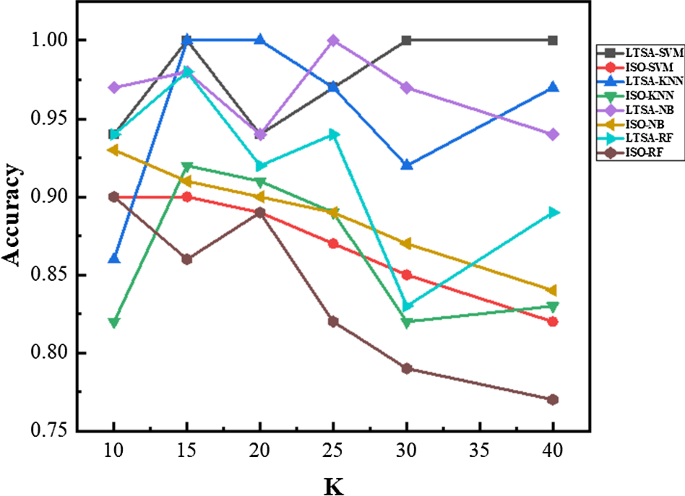

SLAM algorithms are tailored to the available resources, hence not aimed at perfection, but at operational compliance. SLAM algorithms are based on concepts in computational geometry and computer vision, and are used in robot navigation, robotic mapping and odometry for virtual reality or augmented reality. Popular approximate solution methods include the particle filter, extended Kalman filter, covariance intersection, and GraphSLAM. While this initially appears to be a chicken-and-egg problem there are several algorithms known for solving it, at least approximately, in tractable time for certain environments.

Iarnród Éireann has produced and published the Heavy Rail Strategic Noise Maps for the purposes of the Environmental Noise Regulations 2006.

These documents will assist in interpretation of the information displayed on the Iarnród Éireann Strategic Noise Maps. To provide more context to Strategic Noise Mapping and to explain some of the technical details, Iarnród Éireann has produced two separate explanatory documents ( General Information and FAQs). The Iarnród Éireann Strategic Noise Maps graphically displays the exposure of the receiving environment to noise generated by train movements along specific sections of the rail network, ie within Agglomeration Areas and/or where the operational rail traffic exceeds 30,000 vehicle passages per annum. Iarnród Éireann’s Strategic Noise Maps are provided for public access in accordance with the legislative requirements of the Environmental Noise Regulations 2006.


 0 kommentar(er)
0 kommentar(er)
